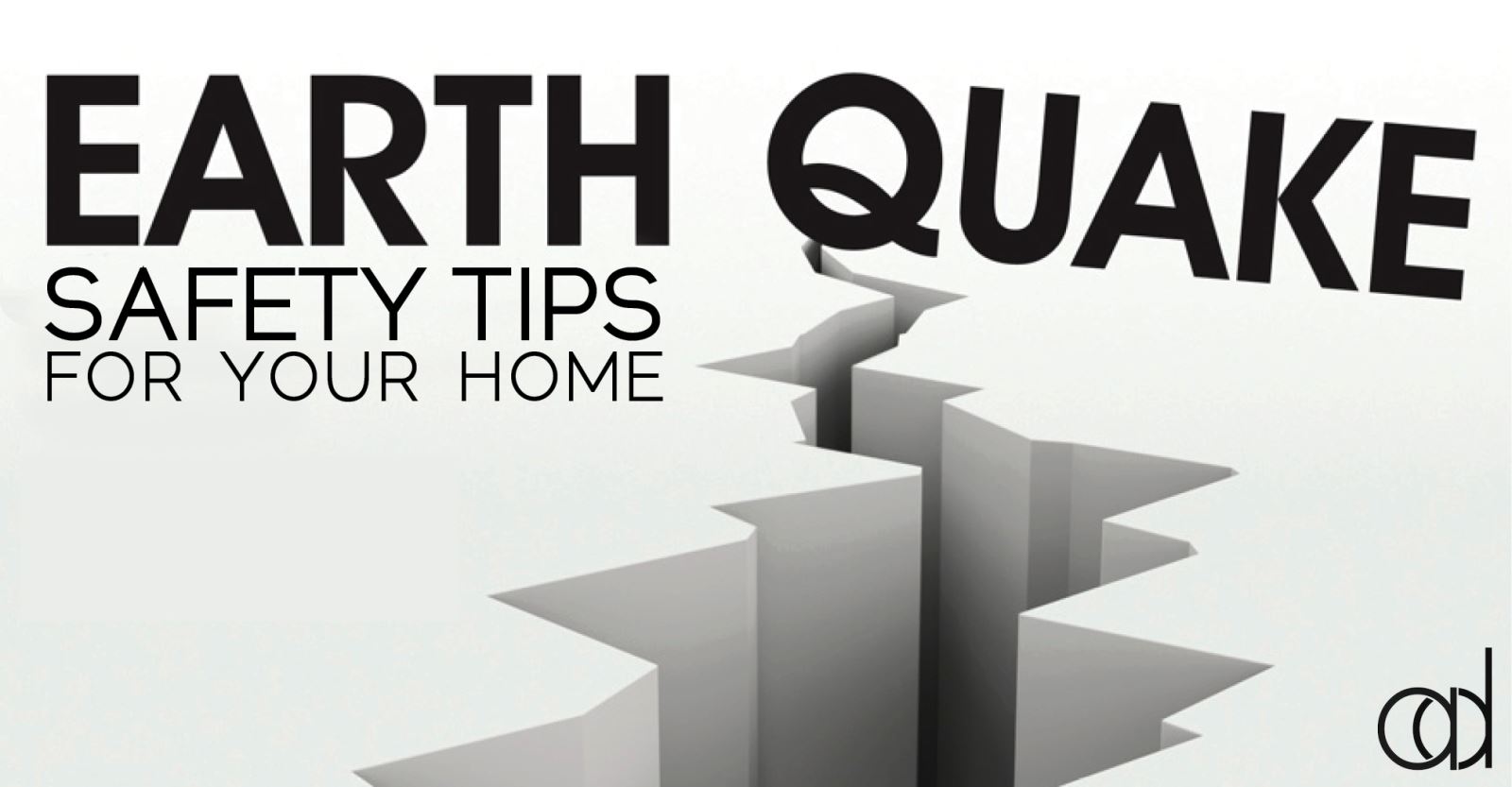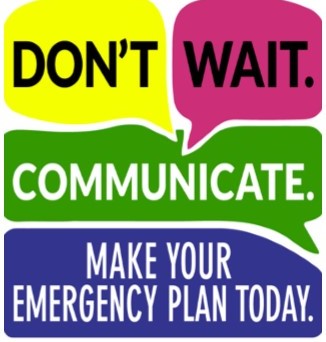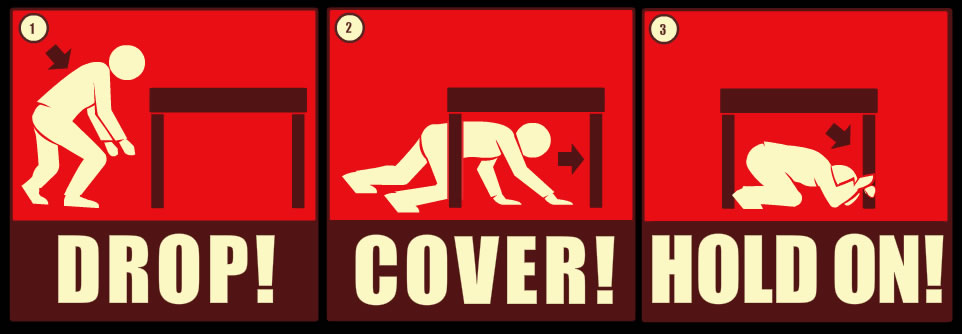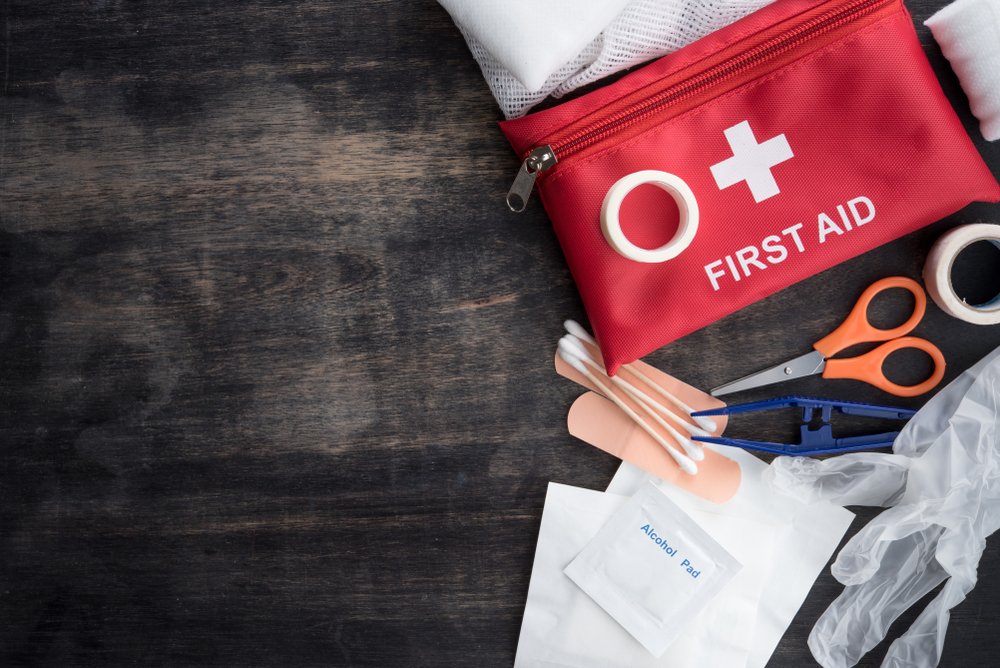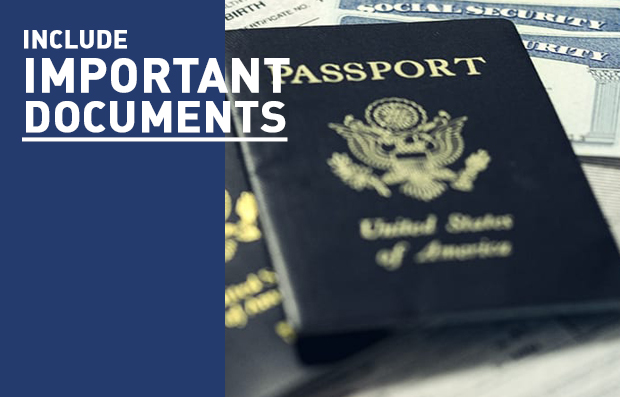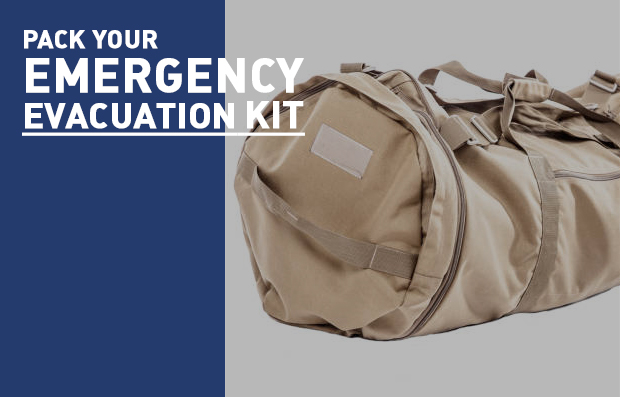Earthquakes strike suddenly and without warning. An earthquake can happen at any time. Beyond prepping an emergency backpack, make sure you have the below items ready to go in any emergency. The below 10 items could be the difference between being unharmed or serious injury or worse. Check them out!
Sturdy Shoes

A large earthquake causes debris which may include glass. You may need sturdy shoes to exit to safety, or to clean up.
First Aid Kit

It is not unusual to suffer cuts and bruises from debris. Emergency rooms can fill up quickly and may even be damaged in an earthquake. Make sure you have a good first aid kit on hand.
Gas in Your Car

Don’t ever allow your car to be low on gas. After a large earthquake you may not have power. Gas stations ,ay be closed for several days. Your car may be a place where you could seek shelter, charge devices, and possibly use to leave the area.
Water
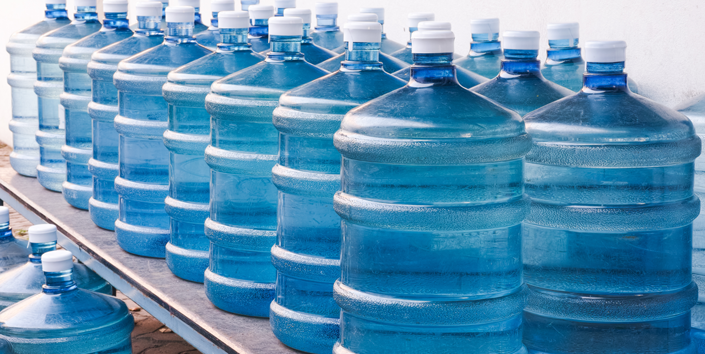
Water is the most important part of any survival kit. It’s possible that water to your home will be shut off or unsafe to drink after a major earthquake.
Food

A major earthquake will cause everything to be shut down near you. Have food stored. You could lose power, so food that will last without refrigeration is a must. Make sure you have a can opener that does not require electricity.
Flashlight with Fresh Batteries
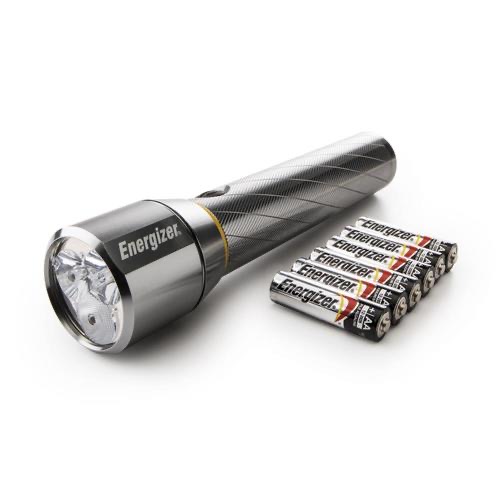
If a major earthquake You are sure to lose power. There could be no power for several days. Having flashlights with fresh batteries can make the difference between serious injury or worse, and escaping unharmed.
Battery Powered Radio
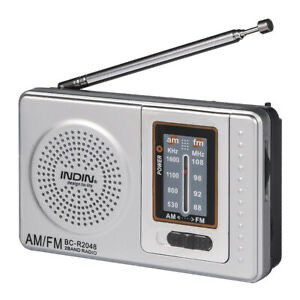
In an emergency being able to access news and emergency information could prove vital. Make sure you have a battery powered radio. You may not be able to access your car, especially if it’s in a garage.
Cell Phone Cords and Chargers

Being able to communicate with loved ones or call for help can be critical. Phones don’t stay charged long. With no electricity portable fully charged battery pack chargers, and having having charging cords ready if you can access your car is a must.
Cash and Credit Cards

ATM machines may not be working. Credit card processing machines may not work. Make sure you always have emergency cast for essentials, and credit cards with you just in case you need to leave the area.
Medications
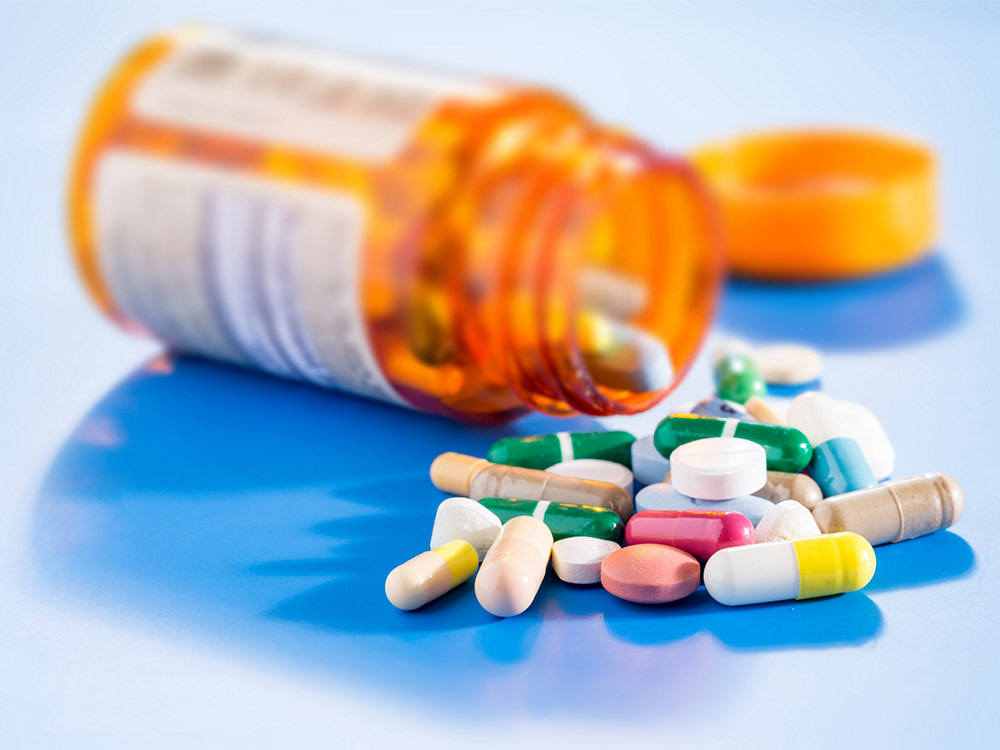
Have essential medications in a spot where you can easily get to them. Don’t forget to grab them if you are forced to leave.

